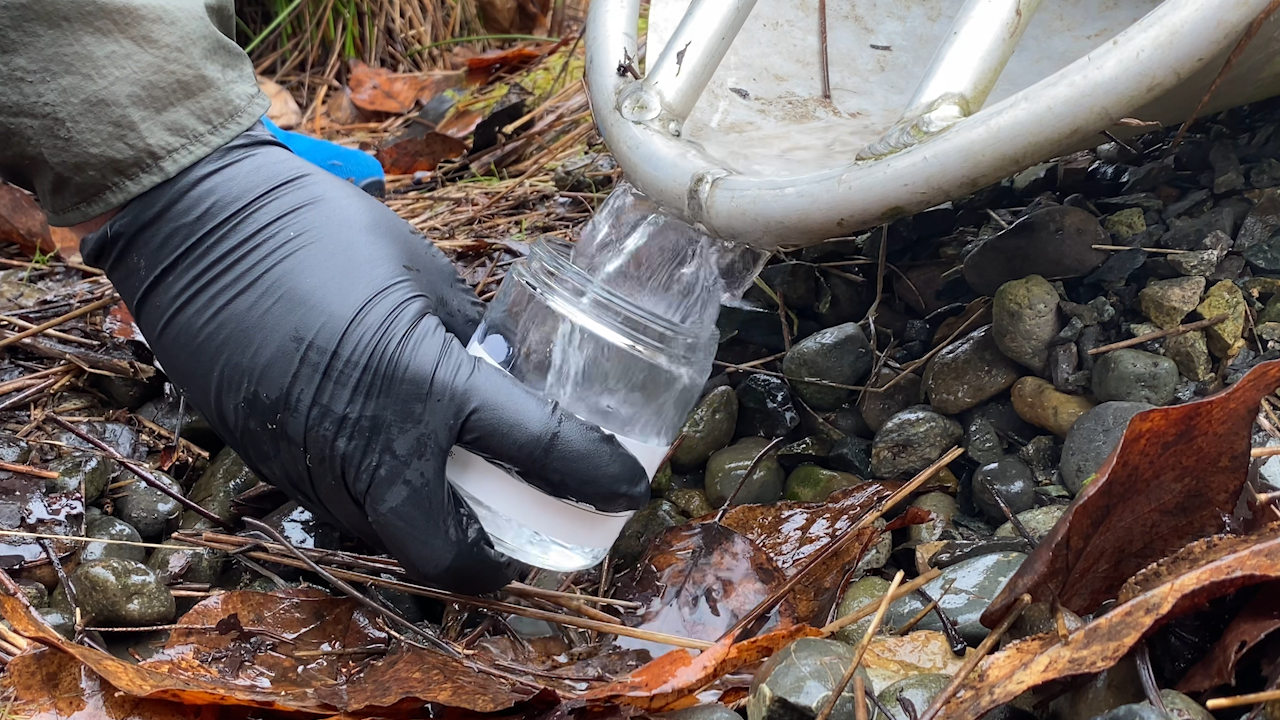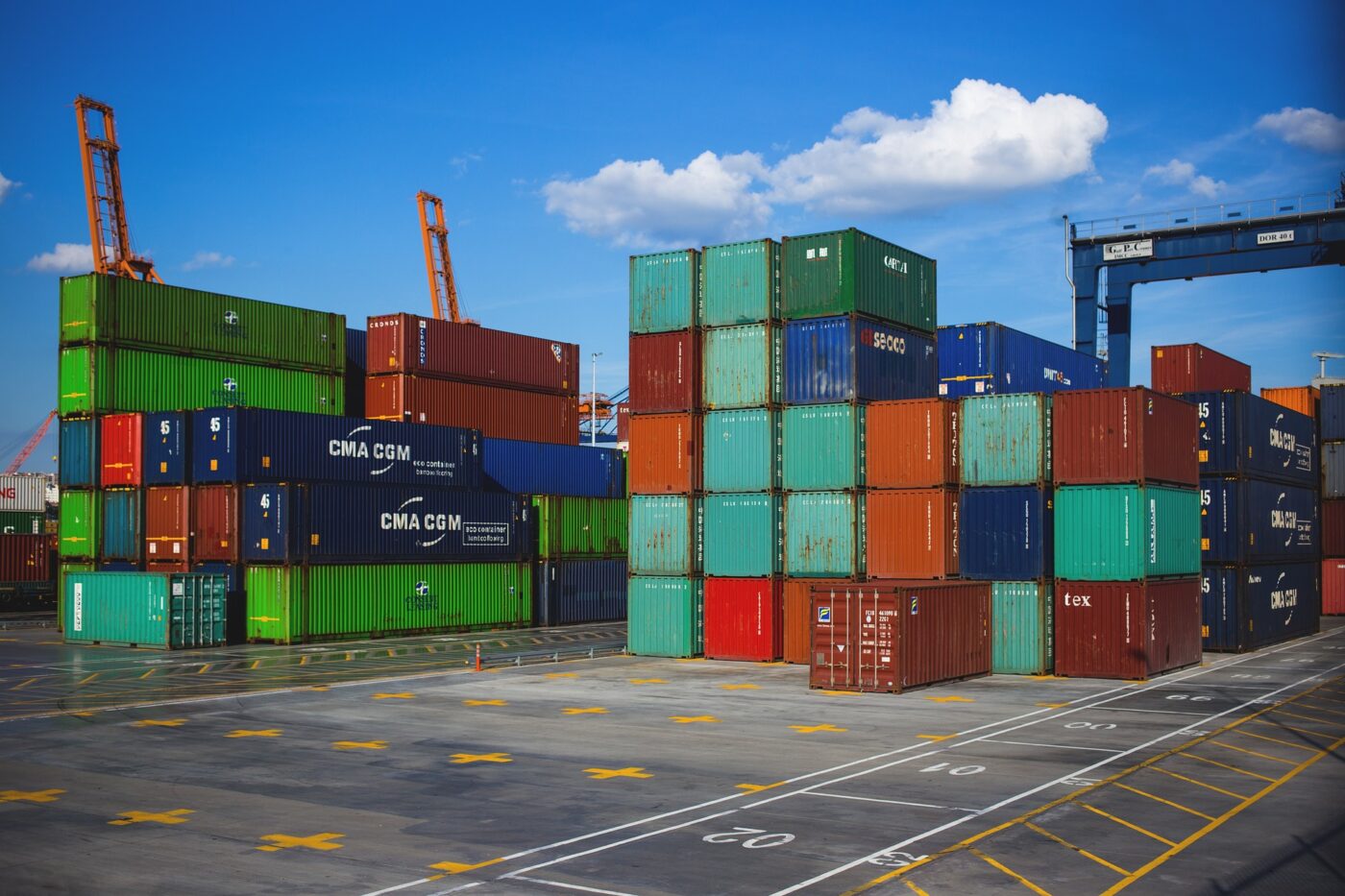The 2025 Draft Industrial Stormwater General Permit is here! In this post, we’ll walk you through the key changes in the 2025 draft permit, important timelines, and what these updates mean for you as a permittee.
Summary of Changes
Read the redlined 2025 draft permit
1. Major Changes to the Transportation Sector
What the draft permit says: “Transportation facilities which have vehicle maintenance activity, equipment cleaning operations, material handling/storage, or airport deicing operations”
Change from current permit: This is a pretty significant change for the transportation sector, as now all material handling/ storage areas will need coverage. Previously, only the transportation facilities (or areas of facilities) with vehicle maintenance activity, equipment cleaning operations, or airport deicing needed coverage.
Potential Impact: This will require more facilities to obtain permit coverage, and will require some facilities to expand their permitted area from just maintenance and cleaning areas to any part of their facility where they handle or store material. Ecology has included the image below in several communications. This image is a great illustration of the impact this change could have on a facility:

2. New Sampling Requirements (6PPD-Q, PFAS) for Certain Sectors
6PPD-Q– Starting mid-permit (Jan. 1, 2028), the transportation sector will be required to sample for 6PPD-Q (learn about 6PPD-Q here). This will be report only, meaning that facilities will report the results to ecology, but not be subject to benchmarks and corrective actions for 6PPD-Q. This sampling requirement doesn’t apply to small businesses (50 or fewer employees). This requirement applies to the following: Transportation Facilities: Railroad Transportation (482xxx, 488210); Transit and Ground Passenger Transportation (485xxx, 488490, 487110); Truck Transportation (484xxx); Postal Service (491xxx); Water Transportation (483xxx, 487210, 4883xx, 532411); Air Transportation (481xxx, 487990); Petroleum Bulk Stations and Terminals (4247xx); and Warehousing and Storage Facilities (493xxx, 531130)

PFAS– PFAS will now have to be sampled by select sectors. This sampling is required quarterly but is “report only” (not subject to benchmarks or corrective action). Also new to this permit, these same facilities will have to sample and report PFAS concentrations in not only their surface water discharge, but also their groundwater discharge. The following sectors are subject to PFAS sampling: “Air Transportation (481xxx) and Waste Management and Remediation Services (562xxx) including, but not limited to, landfills, transfer stations, open dumps, and land application sites, except as described in S1.C.6 or C.7.”

3. End of automatic approval for Conditional No Exposure (CNE)
What the draft permit says: “Ecology will respond to all CNE exemption requests in writing, either approving or denying the request. A Permittee is granted a No Exposure exemption after Ecology informs the applicant in writing or electronically that it has approved the request.“
Change from current permit: Previously, a CNE request was automatically approved in 90 days if Ecology didn’t deny the request. Under this new language the CNE request requires action from ecology, eliminating any mode of automatic approval.
Potential Impact: Ecology has indicated that they want to inspect all sites applying for CNE before approval, this makes the CNE process highly reliant on inspectors which could drag out the process depending on their workload.
4. Staff/ Vendor Training Requirement
What the draft permit says: “Employee Training: The SWPPP shall include BMPs to provide SWPPP training for all employees and contractors/vendors who have duties in areas of industrial activities subject to this permit. Contractors/vendors may be excluded if the permittee has an employee who has been trained on the SWPPP supervising the activity at all times. At a minimum, the training plan shall include:
Change from current permit: The current permit language was a little more vague around the training requirements. This language is more specific and now requires:
- SWPPP training for Contractors/ Vendors working in the permitted industrial area, or to be supervised at all times by a person who is (Current permit doesn’t mention Contractors or Vendors).
- All staff are trained annually, and new hires be trained within 30 days of hire (The current permit doesn’t mention 30 days for new hires)
- Training should cover employees’ role in ensuring BMPs are properly maintained and in place (the current permit doesn’t explicitly say this part of training).
- Training should cover SWPPP location and who is responsible for SWPPP (The current permit doesn’t explicitly mention these topics be covered)
- Records of who took the training and when should be kept with the SWPPP and available upon request (keeping these records with SWPPP and available upon request isn’t explicitly stated in the current permit)
Potential Impact: Training or supervising requirements for contractors or vendors may require additional logistical consideration on the part of permittees when bringing in outside support. The emphasis on recordkeeping also highlights a potential future focus point for inspectors.
5. Sampling Point Waiver
What the draft permit says: “Sampling Point Waiver Request Process
i. If a permittee believes that the sampling location requirements of
this section are not feasible, Ecology may authorize case‐by‐case
waivers from and/or adjustments to sampling locations by
approving a Modification of Permit Coverage…”
ii. To request a sampling point waiver from Ecology, a Permittee shall
submit a detailed explanation of why it is making the waiver
request (technical basis), the BMPs implemented in the areas
draining to the sample points requested to be waived, and a
Modification of Coverage form to Ecology in accordance with
Condition S2.B. Ecology will approve or deny the request and notify
the permittee in writing.
iii. Approvals for sampling point waiver requests will be processed as a
modification of permit coverage and approved through the issuance
of an administrative order to the requestor.
iv. All sampling location requirements of the ISGP remain in effect and
enforceable unless and until a waiver/modification is approved by
Ecology.”
Change from previous permit: This provides much more structure to the process of changing your sampling point. Facilities that are unable to sample due to frequent unsafe sampling conditions will now need to complete the sampling point waiver and go through a modification of coverage.

6. Numeric Effluent Limit for Copper (Impaired Marine Waters Only)
The daily effluent limit for copper in 303(d) listed marine waters is to be set at 5.8 µg/L.
Change from current permit: This is currently a site-specific value, this will change it to a set value.
Potential Impact: Facilities that discharge into these 303(d) listed marine waters may have new effluent limits depending on their current calculations. All other facilities will be unaffected.
7. Level 3 Corrective Action Engineering Report Timeline Change
What the draft permit says: “The engineering report shall be submitted no later than 6 months after the last day of the calendar year in which the Level 3 was triggered, i.e., due June 30th; unless an alternate due date is specified in an administrative order.”
“Level 3 Deadline: The Permittee shall sign/certify and fully implement the revised SWPPP according to Permit Condition S3 and the applicable Stormwater Management Manual as soon as possible, but no later than September 30th of the following year provided, however, for corrective actions that require the
submission of an engineering report to Ecology, treatment shall be installed and operational no later than September 30th of the second following year.” “
Change from the current permit: This new timeline extends deadlines for engineered treatment systems and simplifies the due date for everyone involved. Previously the engineering report was due on May 15th, the new language extends that to June 30th. Additionally, the deadline to implement these systems has been effectively extended by an entire year from September 30th the following year to September 30th the second following year.
Potential Impact: This extension should provide benefit to the permittee allowing them more time to analyze their situation and install an effective engineered treatment system. This should also reduce the need for a modification of permit coverage to extend deadlines.
8. Stricter Reporting/ Record-Keeping Requirements
There are several small changes to the type and scope of records that should be kept under the draft permit. These changes include:
-
- Permittees should now include a Chain of Custody Form with their lab documentation
- Permittees should now include a Sampling Narrative with their lab documentation
- Employee and Vendor/Contractor training logs should be documented and kept with the SWPPP and available to the public
- Annual reporting of stormwater pollution issues uncovered by SWPPP reviews, Audits, inspections, etc in your Annual Report
- Gross revenue report form
- Identify Discharges to Ground in SWPPP/ site map
- Identify Equipment Cleaning Areas in SWPPP/ sitemap
- Maintenance Log should be kept for preventative maintenance tasks
- Clarification that “Any liquid chemical release onsite, regardless of size or flowability is considered a spill and must be logged and addressed.
This is just a summary of select changes to the 2025 draft permit. To read all of the proposed changes in their entirety, I encourage you to read the redlined 2025 draft permit.
Remember, this is just draft language and is subject to change from public input and legal interpretation. Please join our permittee roundtable discussion on June 5th at 1 pm to discuss this new permit with your peers, away from regulators.
Permit Reissuance Process/ Timeline
The release of the draft permit officially opens the public comment period. This is a 45-day window for permittees and members of the public to comment on the new permit and how it will affect them. Ecology will take in these comments and must consider and officially respond to all comments before making a final determination on permit reissuance. Read our tips for writing an effective public comment letter here.
Permittees must also reapply for coverage under the ISGP. The deadline for reapplication is July 5, 2024. Failure to meet this deadline will result in loss of permit coverage, leaving your operations at risk until coverage is regained. Permit reapplication can be taken care of on your facility’s SAW account. Reapplication Instructions can be found here.




